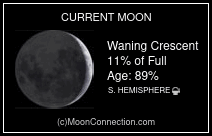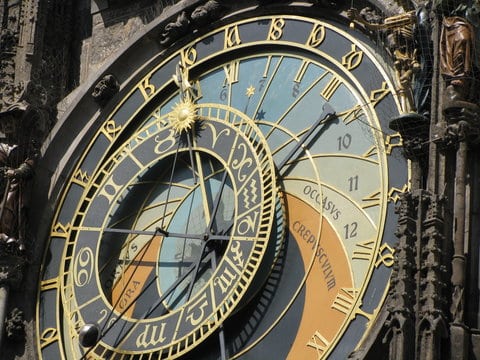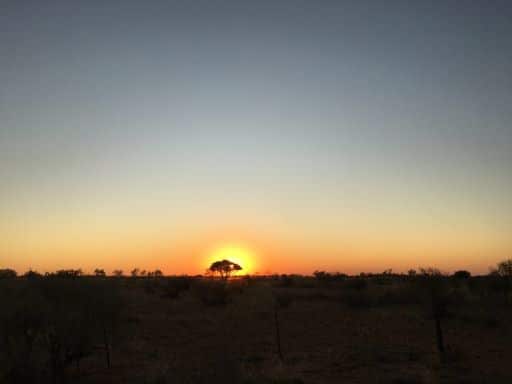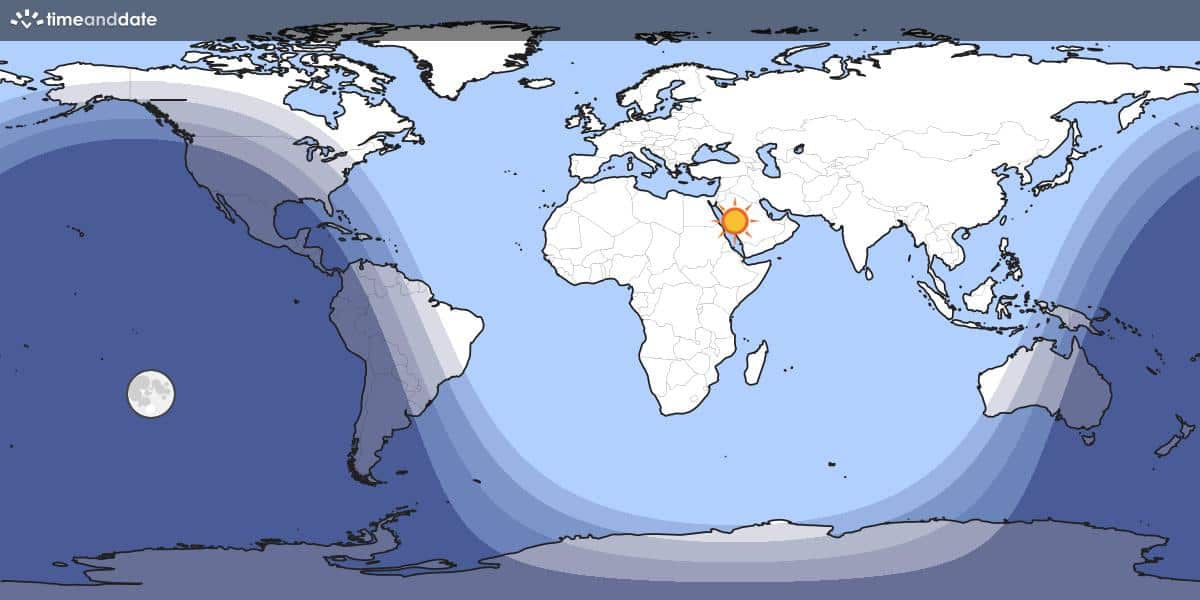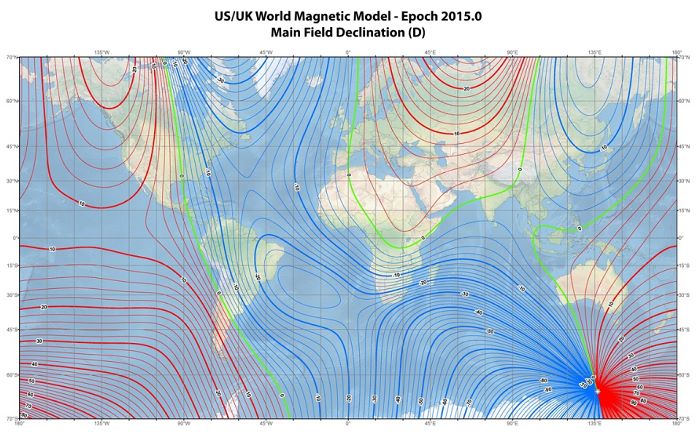The Three Mightiest Nebulae in One Night
A few languid slews of the telescope allow one to see all three of the sky’s mightiest nebulae at once
Little to me is more wondrous than looking at the silvery glow of nebulae churning gas and dust into newly-minted stars. Indeed, I can’t think of any grander sight in all of nature than that of new stars being born. It is an extraordinary observing experience to observe the Great Orion Nebula… then the gorgeous Carina Nebula… and then the mighty Tarantula Nebula. Each so magnificent; so different; so astonishingly beautiful; so cosmically grand. On a night of supreme observing conditions, I did just that…
The Great Orion Nebula

The magnificent Great Orion Nebula. Credit Hubble
I’ve always thought this magnificent nebula looked like a gossamer gull, but no longer. Some time ago I was working at my desk when my hind brain perceived a strange hush had fallen outside. No birds singing, no ground squirrels scurrying around, none of the usual rustlings and scurryings.
I walked outside to an extraordinary sight: fourteen white backed vultures circling on a thermal right above me, some mere dots against the sky, some incredibly low. And then, in what was certainly a once-in-a-lifetime experience for me, one of the vultures swooped down and checked me out in a slow flyover, gliding silently a few metres above me on his enormous wings, looking at me dead in the eye. It was thrilling! And then he re-gained altitude with a mighty flap of his wings; it sounded like the avian equivalent of a sonic boom.
Looking at the Orion Nebula last night reminded me of the vultures. Naked eye, a fuzzy dot against the black sky. In binoculars, a glowing bird-shaped mist holding steady on some celestial thermal. In the telescope, a gossamer vulture soaring above me; its mighty wings sweeping back into a broad feathery tail that entangles a host of dim stars.
The detail was astounding; a beautiful painting of light and gradations no photograph can capture, and few words can describe; simply an extraordinarily personal view as the vast nebula’s photons streamed into my eye after journeying for 1,500 years through our galaxy.
And when I descended into the vast cavern carved out by the hot young stars of the Trapezium, I felt like I was actually inside that brightly lit cave, poking nosily around the stars of the Trapezium, all six of which showed as razor-sharp diamonds glittering against a background of almost transparent grey silk.
And most exciting of all, the edges of the cavern appeared tinged with the lightest dusting of rust – touches of a few of the most delicate rust flecks here and there, as if the cavern is starting to corrode like an old can left out in the sun and rain.
Astronomy writer Walter Scott Houston said of the Orion Nebula, “No amount of intensive gazing ever encompasses all its vivid splendour”, and he is right.

The Trapezium. Credit NASA/ESA/Hubble
The Carina Nebula
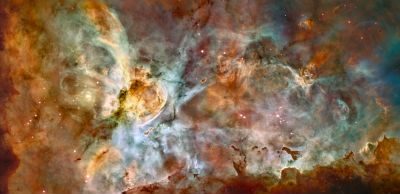
The glorious Carina Nebula. Credit NASA/ESA/Hubble
If I ever design a workable time machine, I’m taking my 16” Dobsonian back to 1750s Cape Town and giving Nicolas Louis de Lacaille a look at the nebula he discovered. (I’ll also take a nice meaty bone for Gris-gris, the little mongrel he rescued somewhere on the West African coast.) In his half-inch 8x telescope he saw it as “many faint scattered stars in circle 15-20 minutes diameter filled with nebulosity.” Just imagine him seeing it as we see it in all its billowing glory (although there won’t be a Homunculous for him to view yet).
The Carina Nebula is spectacular. Naked eye it is the brightest patch in the southern Milky Way, a large frosty patch in a rich star field. In binoculars it’s a fabulous sight – a beautiful glowing cloud of silky nebulosity cut across by a dark lane of cosmic dust that divides the nebula into one-third, two-third portions. But in the telescope it is preposterously beautiful… a billowing three-dimensional cloudscape, its raggedy outer edges building up out of the surrounding sky, all those obscure dust clouds, the astonishing radiance of the central masses bifurcated by the colossal forked dust lane, that gorgeous scattered cluster Collinder 228, rich little Trumpler 16 which contains Eta Carinae, the mysterious little smudge of the Keyhole Nebula, and all the other glittering stars that adorn this astonishing nebula.
The nebula’s piece de resistance is the tiny intensely orange little Homunculus – the bipolar shell of gas and dust that surrounds that amazing time bomb, Eta Carinae, and that was formed after the great 19th century explosion witnessed by John Herschel when he was in Cape Town.
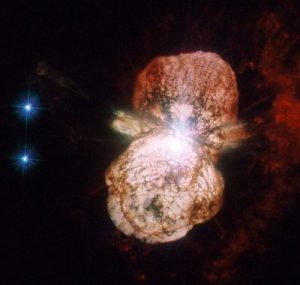
The amazing little Homunculus. Credit NASA/ESA?Hubble
When I read Herscel’s entries about the beginning of Eta Carinae’s great explosion in 1837 in my copy of Herschel at the Cape – the Diaries and Correspondence of Sir John Herschel, 1934–1938 – and look at the photo taken by Hubble 171 years later my brain boggles trying to envision the magnitude of what he actually witnessed:
Tuesday, December 19, 1837: “η Argus is now hardly inferior to α Centauri, but it is inferior. Very like in colour. It is much brighter than Rigel. Procyon is left out of all Comparison α is to η like a * 2m to one of 1st” (Tuesday, December 19, 1837)
Wednesday, December 20, 1837: “ η Argus is not so bright as α Centauri but it far exceeds β Orionis now at nearly same alt. It is much nearer to α Orionis than to β Centauri, α Orionis is small and Procyon trifling compared to it. NB α Centauri is low. As to α Crucis, β Centauri etc these are out of all question.”
Friday, December 22, 1837: “η Argus is far superior to Rigel… and decidedly exceeds α Centauri – but α is lower by far and there is also haze in the sky so comparison not fair – yet I perceived no haze in or near α . – η is now evidently going on to rival Canopus.
Sunday, December 23, 1837: “η Argus is larger than α Centauri, and begins now to approach Canopus – there is not so much diff bet Canopus & η and η and α Cent.”
And here I am, 188 years later, seeing the tiny soft hazy lobes, intensely orange, with post-explosion Eta Carinae buried within them. I read ages ago that Bart Bok’s wife – she was ailing at the time and they were at some do at some planetarium – told Bart that when she was gone, she was going to the Carina Nebula so she could have a front row seat and watch stars forming right before her eyes.
The Tarantula Nebula
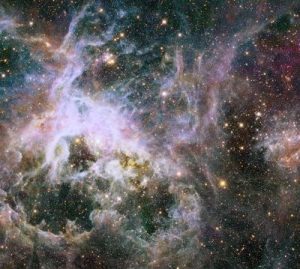
The stupendous Tarantula. Credit NASA, ESA, and E. Sabbi
And then there is the mighty Tarantula. Although on this night I observed the Tarantula at the same time as the other two great nebulae, there is an entire section of the website devoted to it and its immediate environs…



